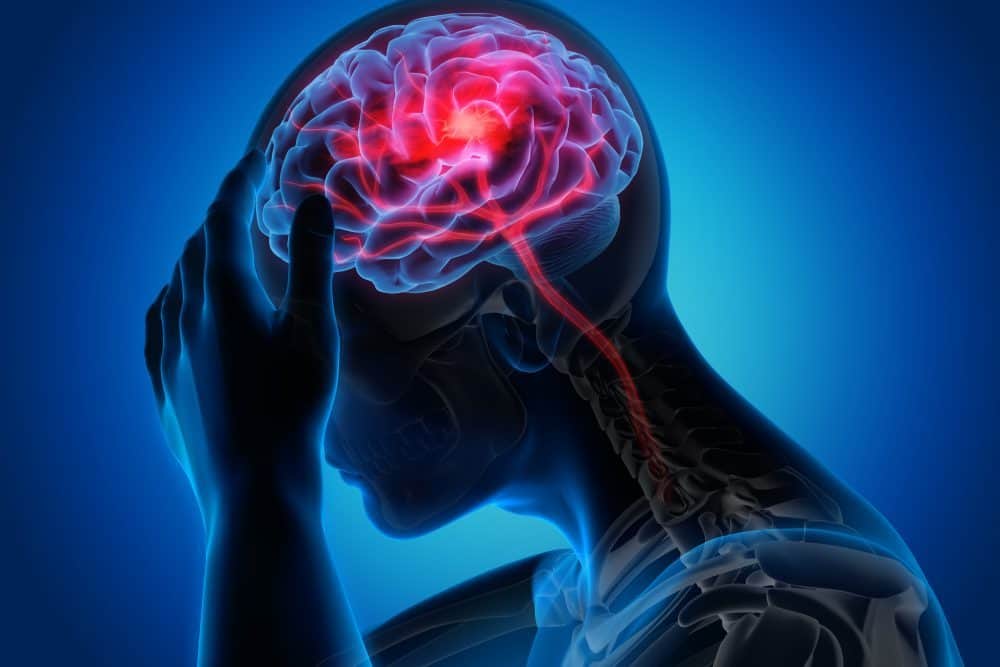Introduction
In this article I will go through 2 groups of commonly used medications, however; its important you see a medical practitioner such as a GP for specific information for your individual needs. When used correctly under the proper supervision prescribed medications can be effective in preventing , lessening the severity and/or reducing the frequency of migraines. I will also go in to detail of non medication alternatives. It may be necessary a holistic approach that combines different treatments may be more effective than either one on its own.
Acute Medications
As I mentioned in my previous article, there are several phases of migraines which include the predome phase which includes symptoms prior to the attack such as Fatigue, light sensitivity, neck tension and stiffness, irritability, yawning, food cravings, difficulty sleeping, feeling unsettled etc… It is usually recommended not to take this group of medications during the predome phase but to wait until the attack to occur. The reason for this is because if used too frequently and/or in combination with other pain relief medication can lead to medication overuse migraines. It’s important it is only reserved for when absolutely necessary and other non medication options have failed to prevent the attack.
Preventative Medications
There are several types of preventative medications on the market and are the latest medications to be developed. They work by blocking receptors in the area’s of the brain which chemicals attach to that cause a migraine. They are generally taken once a month and by injection. It is usually only prescribed if you have 15 headache days a month, 8 of which are migraines and the migraine suffer have failed 3 other types of medications to prevent a migraine. They typically do not cause medication overuse migraines and tend to increase effectiveness the longer the sufferer is using them.
Non Medication treatments
It’s important to look at 2 or 3 days prior to the commencement of the symptoms to see if there are any commonalities that may not be so obvious, a migraine diary may be very useful in that regard. Not only recording the intensity/length/frequency/location of the migraine but mood/stress levels, sleep patterns, foods/drinks consumed, for females noting time of menstrual cycle, weather, medications.
In my experience stress is one of the most common triggers that cause a migraine, it could be worth while making a list of things that cause undue stress and tension and work out a plan to reduce those, counselling or psychotherapies may help, yoga, regular exercise, meditation or simply increasing your leisure time and doing things that you enjoy.
I have found treating the muscles generally of upper back, neck, shoulder, scalp and temple usually provide the best results and more specifically the levator scapula which attaches to the shoulder blade and the vertebra of the upper neck as well as the sub-occipitals which are small muscles that connect the neck to the skull are the biggest culprits when it comes to neck and muscle tension as a triggering factor for migraines. It is usually best to get treatment prior to the attack.



